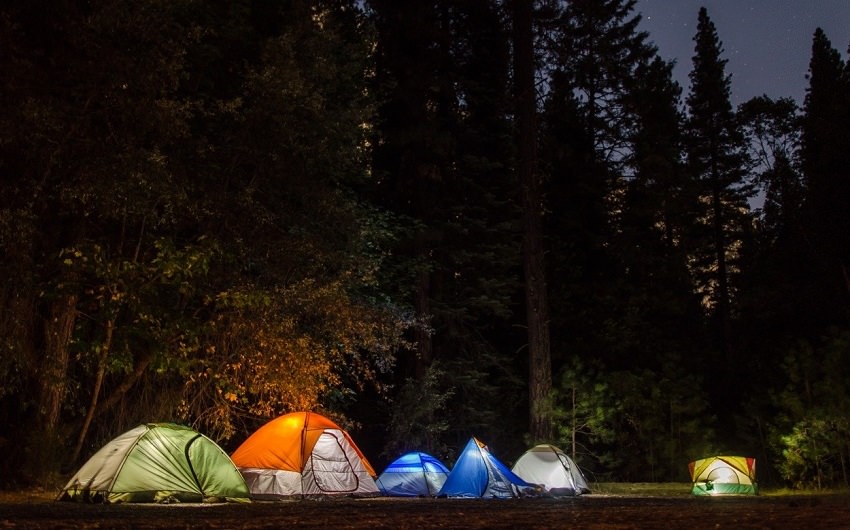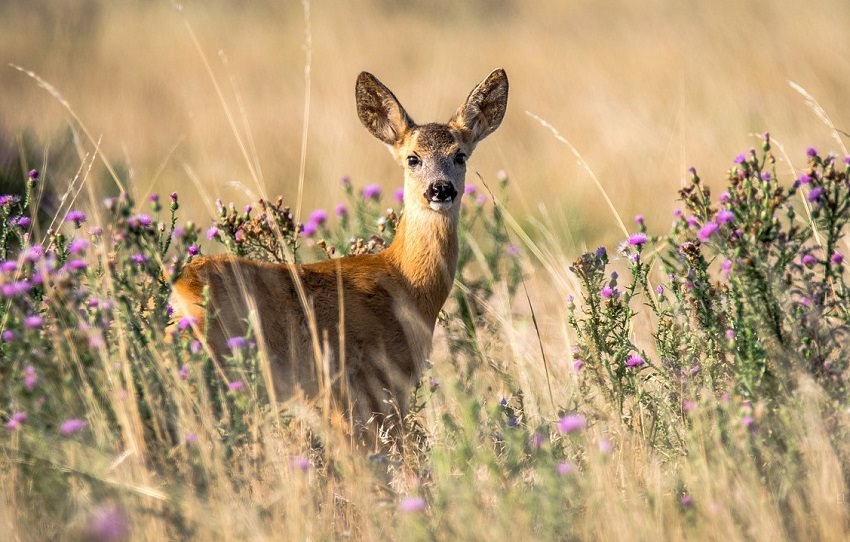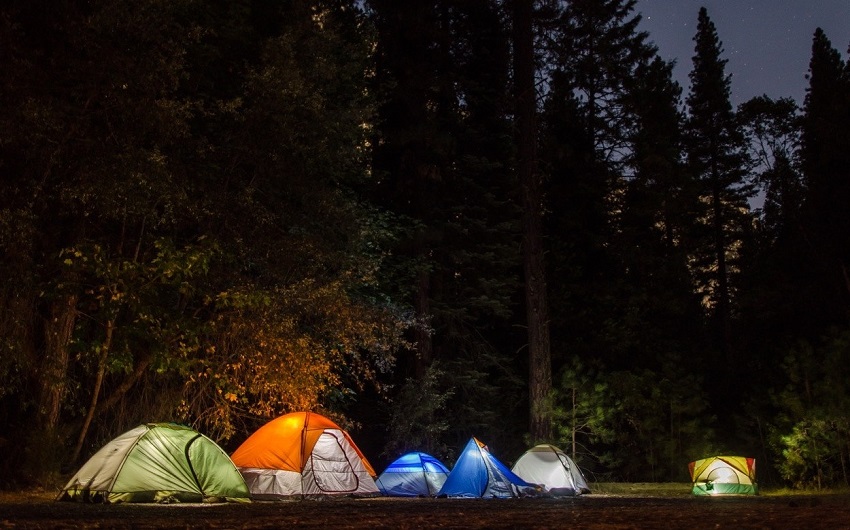Disclosure: As an Amazon Associate I earn from qualifying purchases. This page may contain affiliate links, which means I may receive a commission if you click a link and purchase something that I have recommended. There is no additional cost to you whatsoever.
If you are an outdoor enthusiast, you understand the value of caring for the natural world. Minimizing your impact on the places you visit helps preserve nature’s beauty for you and other visitors to enjoy. And by preserving habitat, you help protect the wildlife and plants that make the destination so special.
A useful list of instructions and ethics has been developed by Leave No Trace Center for Outdoor Ethics in partnership with other nature authorities starting in the 1970s. This list helps nature travelers consider the impact their actions have on the natural world and other people. The Leave No Trace Principles have been revised and built upon since their inception and are essential for anyone who spends time in nature to know and understand. Indeed, many nature-focused organizations such as the Boy Scouts of America instill these ethics in their programs. Familiarize yourself with them before your next outdoor adventure.
1. Plan Ahead and Prepare
This principle helps you be ready for anything that might happen during your visit to nature whether it’s a short hike or a multi-week camping trip. Before your trip, review the trail maps and know the terrain so you have the gear you will need. Check the weather and bring along the right supplies and clothing. Inspect your gear and make needed repairs before you leave. No matter what the weather or season is, pack sunblock, a first aid kit, food, and water. Be sure you know where the nearest hospital is along with the nearest bathroom! Have a safety plan and be sure each party member carries a whistle to be able to attract help if they get lost.
2. Travel and Camp on Durable Surfaces
By staying on the trails and camping on established campsites, you protect the local ecosystem. Many established trails and campsites are engineered so they do not wash out easily. If you make your own path or disturb a natural area for your campsite, other people are likely to follow your lead and this will harm the delicate ecosystem. Plants may be trampled or smashed beyond repair and the area may become barren, allowing the soil to erode. This disturbs the local ecology even more, impacting waterways by adding soil that can silt up the rocky stream bed.

3. Dispose of Waste Properly
When exploring the outdoors, always dispose of any trash you generate responsibly. If no recycling and garbage bins are nearby, “Pack it in, pack it out” — take your waste with you to dispose of properly later. Avoid burning trash in campfires as waste that does not burn completely can be bad for wildlife.
If you’re in the wilderness long enough, human waste becomes an issue. If there is no bathroom or outhouse nearby, dig a “cat hole” six to eight inches deep to bury your waste. Locate the hole out of the way of other visitors and 200 feet from any waterbody. It’s recommended to pack out your TP with you, but if there’s not a lot, you can also bury it in the hole.
If you are traveling with a dog, be sure to dispose of their waste properly as well. Dog poop can alter the marking systems of territorial animals and attract others. It can also pollute water sources. Leaving behind biodegradable poop bags full of your dog’s waste is not proper disposal. Put it in a waste bin, bury it as you would human poop, or pack it out for later disposal.
Of course, cleaning up after yourself and taking care of all your waste is common decency. Ensuring that the wilderness is tidy for the next person and the animals who make it their home is just polite.
4. Leave What You Find
It can be so tempting to take just one stone, wildflower, or seed pod for a collection at home as a souvenir of your trip. But if everyone took just one wildflower, there wouldn’t be any left for the butterflies and bees. Instead of a tangible souvenir, take a photo. Better yet, contribute to citizen science by uploading your photos of flora and fauna to iNaturalist.
5. Minimize Campfire Impacts
Wildfires are frequently started by inexperienced campers. So if you must have a fire when camping, learn the right way to build a campfire. The best place to start a fire is in an established fire ring. If there are none, try your best to make a fire ring that you can deconstruct completely when you leave. Also, do not chop down dead trees to make firewood as these structures serve as wildlife habitat. It’s best to carry in your own wood that you have bought locally. Always put out fires entirely and with water. For a handy campfire safety reference, check out Smokey Bear’s campfire guide.

6. Respect Wildlife
It’s wonderful if you happen across a wild animal and can observe its movements and habits! But always leave animals alone. Do not try to pet, feed, or capture wild animals. Observe them from a distance and try to keep your presence unknown.
The only exception to this rule concerns predators that think you are their prey! If you happen across a bear or mountain lion, first try to slip away without their notice. If you accidentally attract their attention, make as much noise as you can and make yourself look bigger by stretching out your jacket and get out that whistle!
7. Be Considerate of Other Visitors
Hikers and campers often seek nature for quiet, solitude, and to get away from the pressures of daily life. Shouting and blaring music detract from others’ experience — and disturb wildlife, too. So treat other people like wild animals — try to not let them know you’re there. Of course, do always announce when passing others from behind on the trail so you don’t startle them.
The Leave No Trace Center for Outdoor Ethics sells reference guides, card packs, and stickers that you can use to help you remember these principles and teach them to the younger people in your life. Review them before you head out on the trail to ensure you are keeping wild places wild.
<!–
You Might Also Like…
–>







